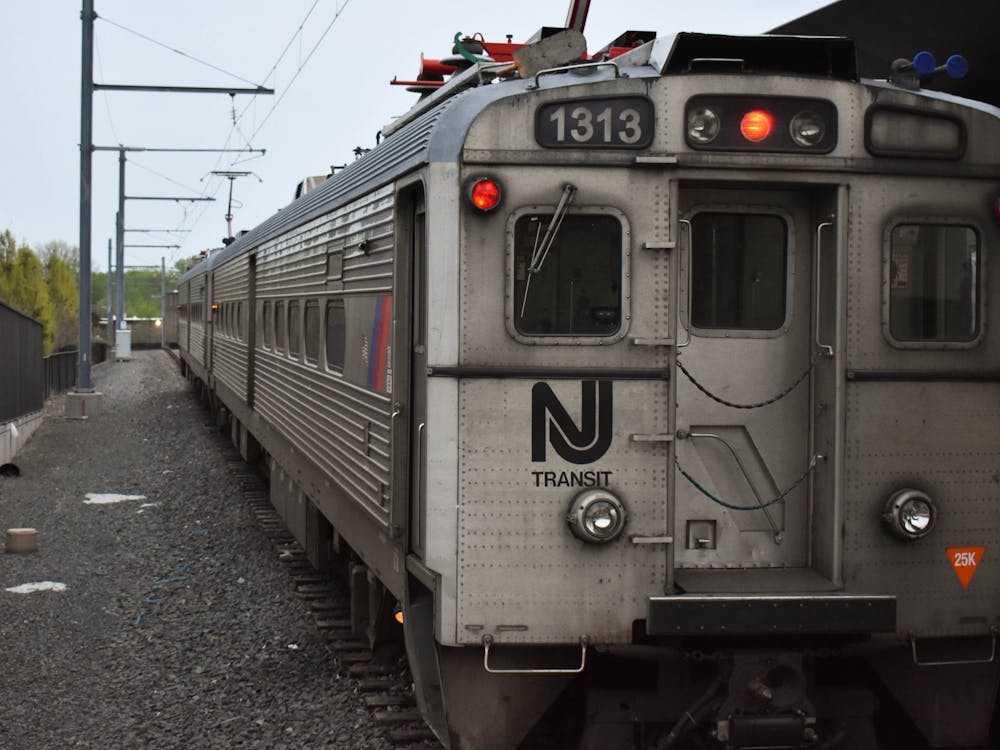Over the past few years, Princetonians have been inundated by reminders that they are "in the nation's service." With this imperative in mind, we would like to offer several reasons why we believe the Institute for Advanced Study should reconsider its current plans to construct new faculty housing on a tract of land lying adjacent to the Princeton Battlefield Park. Though we recognize that Princeton's student body has no authority over the way the Institute manages its affairs and its property, due to its proximity, the Institute's actions invariably affect the University, and we offer this opinion as members of a concerned community.
The Princeton Battlefield Society, a volunteer historical group dedicated to preserving the site, claims that the land in question is actually part of the original battlefield site. Though the true parameters of the battlefield may well be a matter of speculation, it seems that the Battlefield Society would not lobby for the preservation of this land with such fervor if their conviction was unsupported by historical evidence. Furthermore, as they currently stand, the battlefield and the park are relatively isolated from the surrounding township. Even if the planned construction does not encroach upon the actual historical battlefield, the facade of the buildings will disturb the tranquility and seclusion of the park. Instead of a line of trees on the eastern horizon, viewers will be offered a line of modern apartments.
We believe that the plan proposed by the historical society and the state of New Jersey is equitable and a reasonable alternative to the Institute's plans. In exchange for moving the planned site of construction to one of the many other eligible spots on the Institute's land, the state of New Jersey will fully compensate the Institute for the land it loses to the battlefield. Given that construction has not yet begun, we believe that whatever inconvenience this conservation easement may create is a small price to pay in exchange for the preservation of a historic monument. The marring of a great historical landmark can hardly be said to be in the service of the nation. We therefore urge the Institute to reconsider its plans and call upon fellow Princetonians to be cognizant of the endangered historical heritage that lies at their doorstep.







